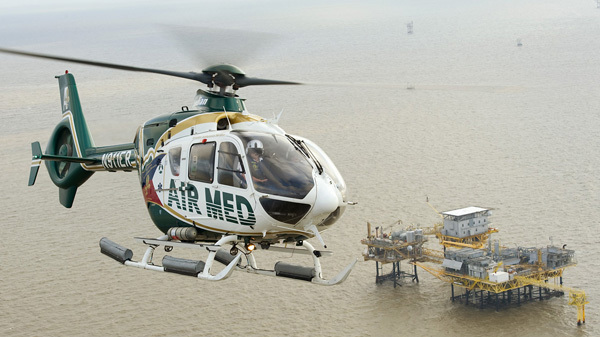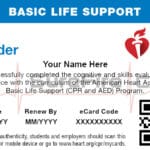“Air Med One you’re responding to an MVA incident, multiple victims, with Sheriffs rescue and Air Med Two for MCI in progress.”
I am on duty on Air Med One today with a new, green partner – a second year Emergency Medicine resident who has seen very little of the “real world.” A little short staffed, my new partner, Cindy, is pressed into service and is about to be baptized in a dose of reality. Our pilot is a very experienced medevac veteran who knows exactly what we’re going into. He shoots me a knowing look as our pagers alarm with the dispatched call. Yes, I know, the thought hits me as I look back. This is going to be rough.
The county of San Diego has a sophisticated system of trauma management that was developed to give the best care available to traumatically injured patients. The county is divided into catchment areas where patients in those regions are sent to designated hospitals for urgent treatment. The trauma hospitals in those catchment areas have specially trained surgeons and staff ready and waiting for these patients as they arrive. For a major incident, especially an MCI (multiple casualty incident), it is common for multiple aircraft to be dispatched to the scene.
Flying in Air Med One
Our incident is located on a remote road 60 miles east of San Diego. The helicopter we’re in is a small metal box really, like a flying greenhouse. Traveling to the scene, we are buffeted by unpredictable winds and the heat of the sun. My five point harness strains against the ride. The sun beats through the cabin, filtered through the rotor blades, creating a flashing white-red strobe effect on the floor of the aircraft. At 135 knots we arrive to the desert scene within 18 minutes of the call.
It’s a bright clear day, sunny with gusty east winds – a touch of Santa Ana in the air. It’s a perfect day for a picnic or a road trip. The load van heading north from the border got as far north as Borrego Springs, then inexplicably hit a pickup truck head on. It is amazing to me how the only two vehicles on a twenty mile stretch of desert collide on this isolated road. The crash echoed across the desert floor for miles, steel and iron twisted together at odd angles in the street settling at the apex of an arroyo. In a dry river bed, the van split open, filleted like a bloated fish on its side. The failing metal groaned and settled to the pavement mixed with the audible fear of the victims strewn across the roadway. Here, the victims waited for help.
To be continued…
CPR is an essential skill in the arsenal of lifesaving tools. Paramedics, Nurses and Firefighters must be expert in its use. As the science that drives CPR changes, medical professionals must stay informed about these changes. In Orange County, staying informed and educated with SureFire CPR is easy. Multiple classes are offered throughout the year in Riverside, Orange and San Diego County: Basic Life Support, Advanced Cardiac Life Support and Pediatric Advanced Life Support. Call today, register, learn and save a life.™









